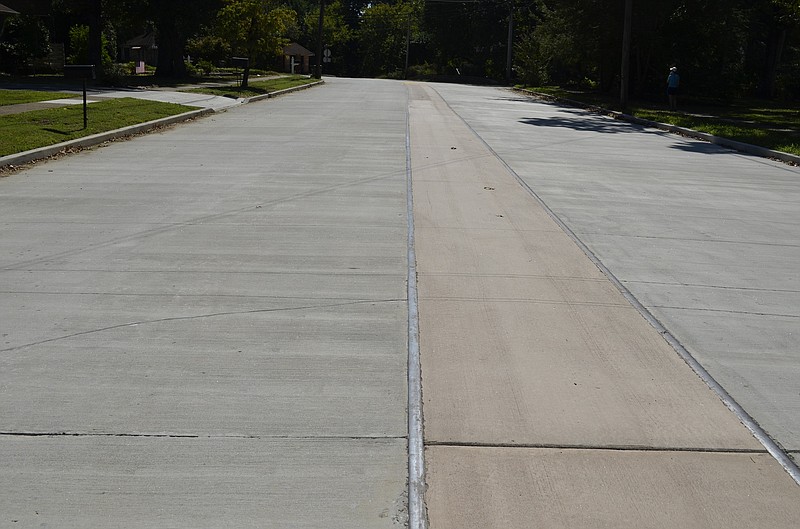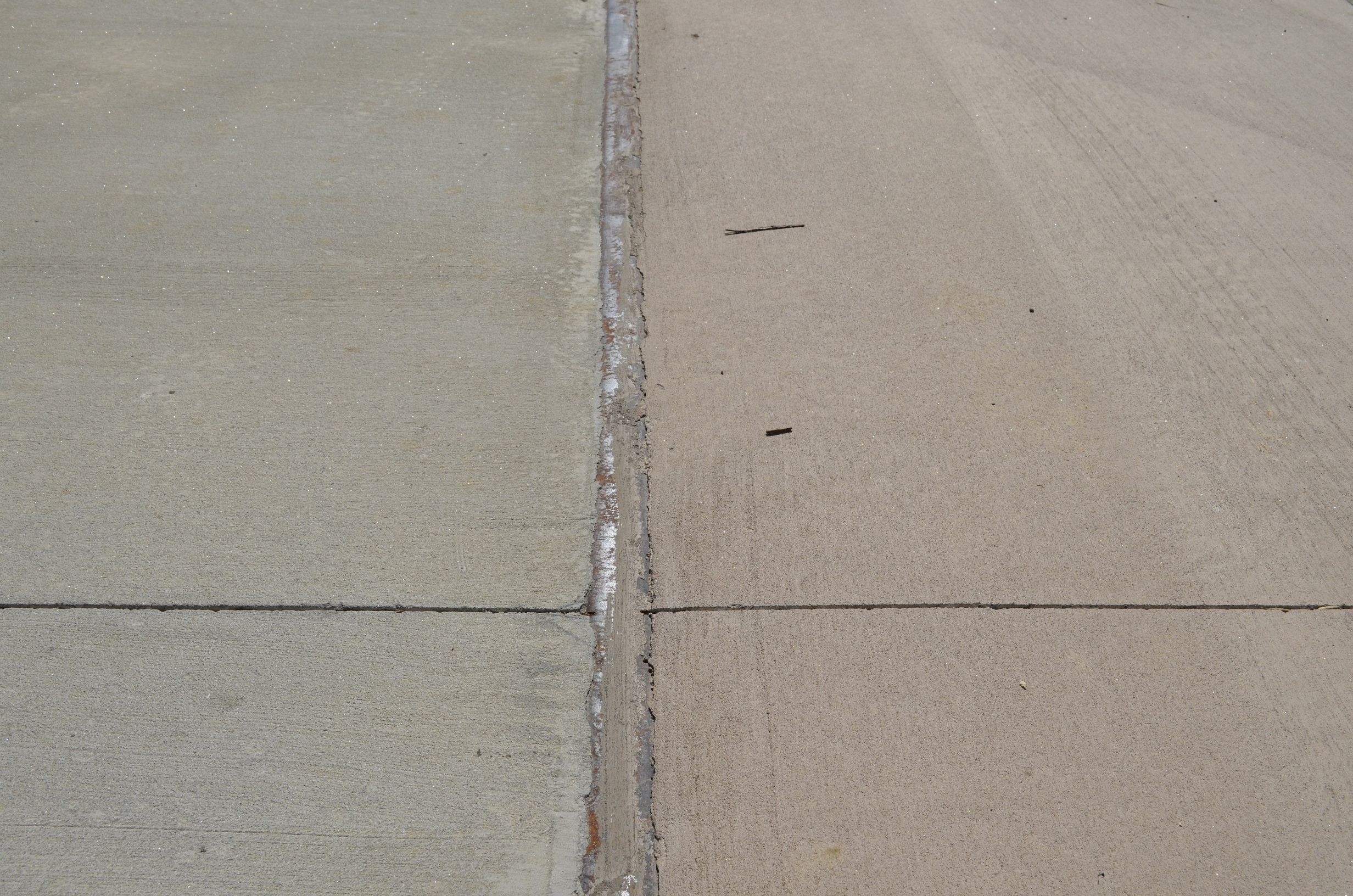Many Signal Mountain residents and officials aren't happy with the results of the recently completed James Boulevard resurfacing project, which cost around $1 million before a recent change order tacked on an additional $84,000.
Before passing a resolution authorizing the additional funds, the town council discussed what could be done to fix the problems with project manager and engineer Ron Key at the council's Aug. 26 meeting.
Mayor Dan Landrum said he drives the road daily and has noticed cracks and measured a 7/8-inch dip on the resurfaced portion of the road in the lane leading toward Alexian Village.
"The side going toward Alexian has a lot of cuts in it," he said. "There are large pieces of concrete that are basically not connected on any side."
He remarked that the lane leading away from Alexian doesn't seem to have those issues. Both portions of the roadway were redone by Thomas Brothers Construction.
Key, who's on staff at CTI Engineers Inc., said workers began removing the old pavement just after Thanksgiving and heavy rains started shortly after, putting the project in a quagmire that lasted through the winter.
When meeting with the contractor to discuss options, he said they eliminated the method of digging out the old, wet soil and building the base back with large rock because they didn't know how deep they would need to go or what it would take to firmly stabilize it, and there would be no way to control the cost.
They decided to go with cement soil stabilization, also known as full-depth restoration, which involves digging out the soil, mixing it with cement and putting it back into place once relatively dry, said Key. This method was used on the north side of the road, and a net-zero change order - meaning no additional funds were required from the city - was negotiated with the contractor for the work.
Based on CTI's experience putting in a water line there several years ago, they believed the material under the south side of the road was more solid than on the north side. But when they started the work on the south side of the road near Alexian, the contractor encountered soft material about 500 feet in. For another 250 feet, about half of the lane was soft material and the other half hard, Key said.
The soft material had to be dug out and stone had to be put in to build it back up, at a considerable cost to the contractor, said Key.
The additional funds requested are to cover this unexpected expense, which was incurred during the last two weeks of work on the project. Since the problem did not become apparent until that time, they were not able to control the cost, he said, adding that if the modified soil amendment method had been used on both sides of the roadway, the project would have likely been under cost.
When asked why they didn't drill to determine the condition of the material under the road, Key said they went on the experience of the senior project manager, who headed both the water line and resurfacing projects, as well as members of the town's water department, who said the material was solid.
Landrum said he was pleased that the project was completed prior to the Fourth of July festivities in Old Town, but he had assumed workers would be back to smooth out the concrete and do some edging where concrete was smeared over the old streetcar tracks.
"It seems like that would be a finished job for a million bucks," he said.
The expense of the project was justified by the town based on residents' desire to keep the tracks, which required the road to be repaved in concrete rather than less expensive asphalt.
Key said the contractor has agreed to come back to fix the dip near 311 James Blvd., where they were unable to do cement stabilization because of water and gas service lines.
Car traffic is expected to wear the concrete off the streetcar tracks, said Key.
The council passed the resolution authorizing the additional $84,000, but funds won't be fully paid out until the project is complete. At this point, since the work to fix the dip has not been done, the project is not considered complete, said Town Manager Boyd Veal.
Town officials and councilors met with Key and representatives from Thomas Brothers and subcontractor Yerbey Concrete last week to further discuss how the problems can be remedied, and Veal said they plan to study and more closely evaluate certain areas of the project and identify potential solutions. Work on the dip which the contractor has agreed to fix will be postponed until the evaluation of the other problems is complete, he said.
Email Emily Crisman at ecrisman@timesfreepress.com.

